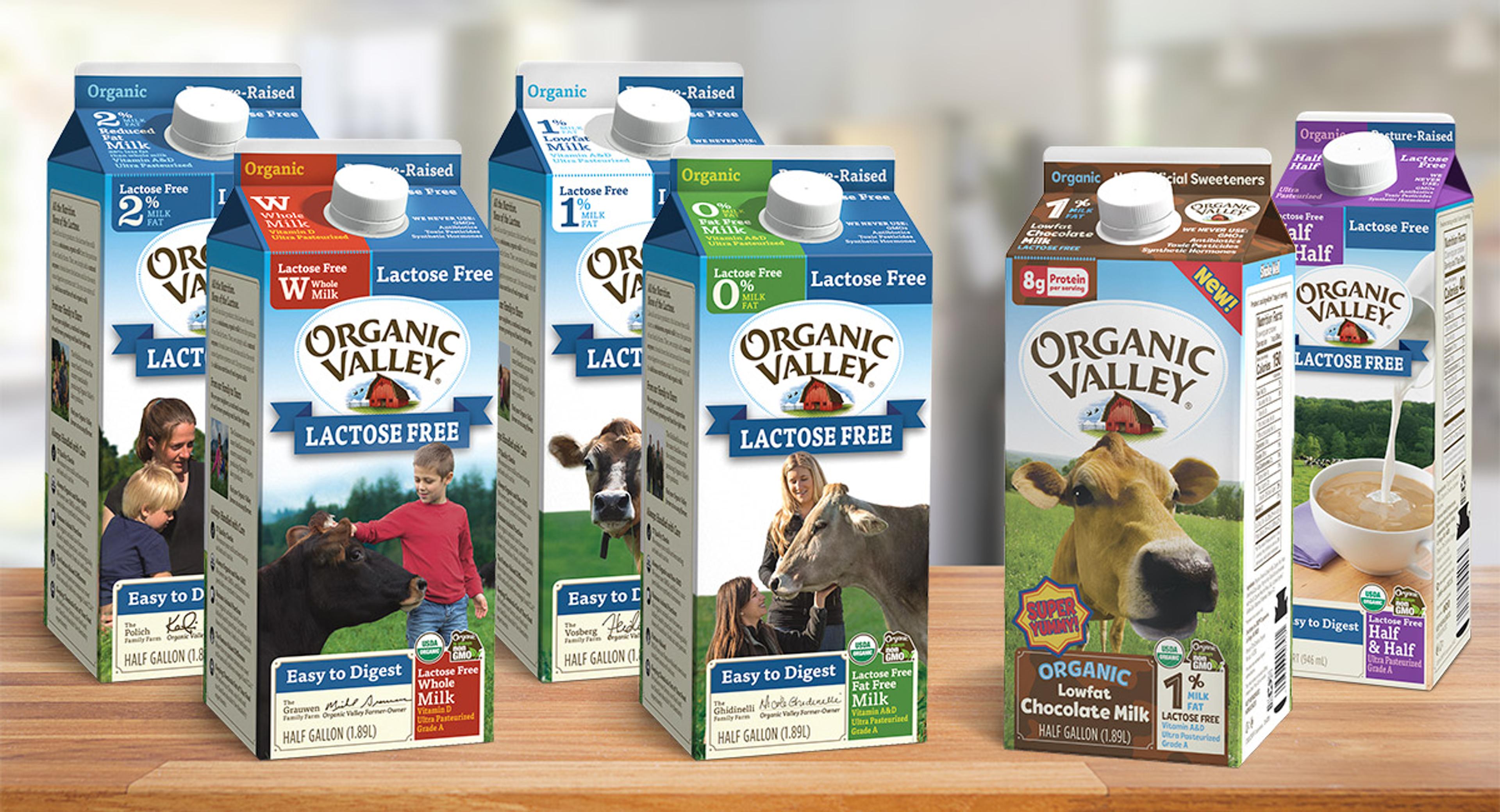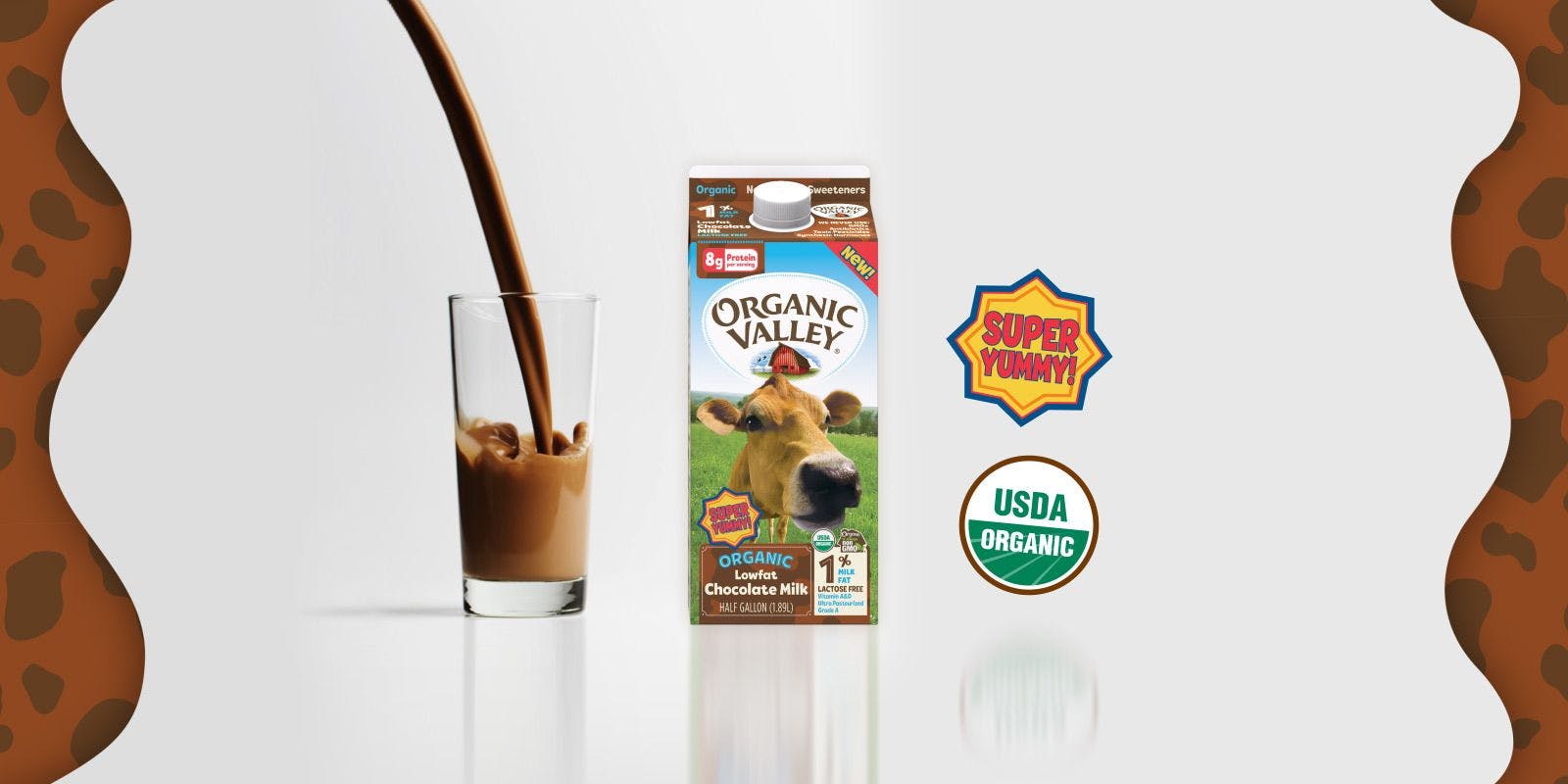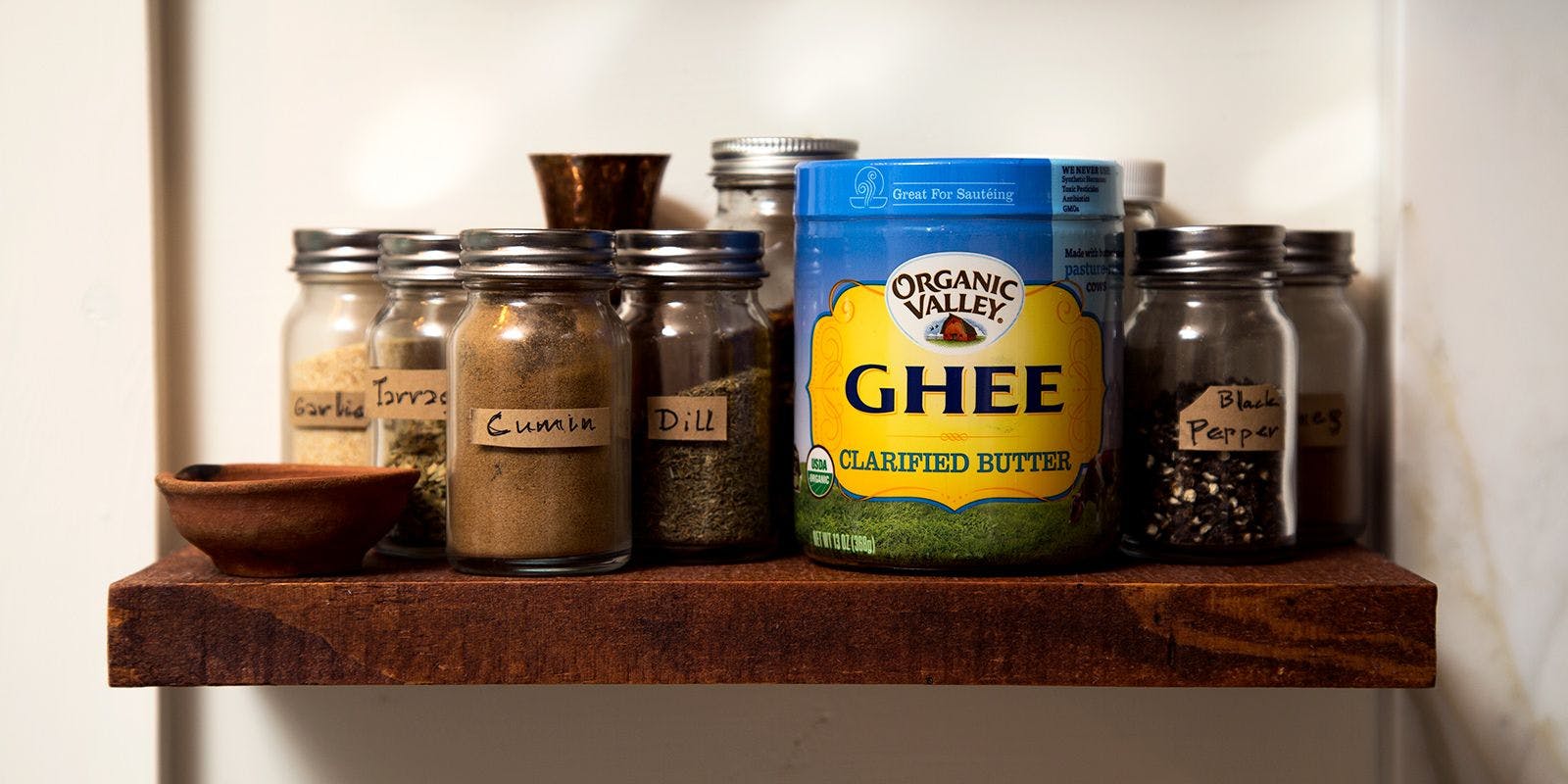
Food
What Is Lactose-Free Milk?
Milk and cookies after school, hot chocolate around the campfire, cereal and milk in front of a favorite cartoon—milk makes memories, and we treasure sharing these moments with our loved ones.
We want everyone to be able to connect around milk moments like these, and Organic Valley Lactose-Free Milk makes it possible for those who are lactose intolerant to enjoy milk again! This fantastic option contains all the great nutrition without any artificial, “processed” taste or loss of nutrients and vitamins.
What is lactose?
Our bodies need the enzyme lactase to digest lactose, a natural sugar found only in milk. Lactose is the main carbohydrate in dairy products.
If your body doesn’t produce enough lactase, you become lactose intolerant. Some people take lactase supplements when consuming dairy products to help break down lactose once it is already in the stomach, but this isn’t guaranteed to avoid digestive side effects.
How does milk become lactose-free?
To remove lactose, we add the lactase enzyme to our premium, certified organic, pasture-raised milk. After slow mixing for 24 hours, the enzyme breaks down the lactose into the simple sugars glucose and galactose, which are easier to digest.
We test our lactose-free milk to ensure the lactose is undetectable, so most people with lactose intolerance can enjoy Organic Valley Lactose-Free Milk with confidence.
Does lactose-free milk taste different from regular milk?
Yes, but in a surprising way: The simple sugars in lactose-free milk taste sweeter!
If you’ve enjoyed the milk left in your bowl after eating lightly sweetened cereal, you have some idea of how lactose-free milk tastes. Some people find no difference in taste between lactose-free and regular milk, and others find the lactose-free version even more appealing due to this extra sweetness.

Organic Valley offers a full lineup of lactose-free milks as well as lactose-free half & half.
Can I use lactose-free milk in recipes that call for regular milk?
Good news! Lactose-free milk can be used just like regular milk in baking and cooking, whether sweet or savory. Because lactose-free milk is exactly the same as regular milk except for the breakdown of lactose into simple sugars, Organic Valley Lactose-Free Milk is a great substitute for regular milk in the kitchen.
Is lactose-free milk just as good for you as regular milk?
Sure is! Like regular milk, lactose-free milk provides vitamins A, D, and B12; the key nutrients riboflavin and phosphorus; and of course, calcium for strong bones! These nutrients are also well-balanced—for instance, the vitamin D in milk helps the body absorb calcium more easily. The American Academy of Pediatrics (AAP) encourages children and adults with lactose intolerance to consume lactose-free dairy products because the nutrition found in milk is so important.
Read more about the 12 essential nutrients in milk.
I’m allergic to dairy. Is lactose-free milk still a good option for me?
If you have a dairy allergy, your body is reacting to the proteins in milk, not the lactose. Lactose-free milk still contains milk casein and whey proteins, so if you have a diagnosed dairy allergy, lactose-free milk will still cause an allergic reaction. If you are sensitive to dairy, we recommend consulting with your health care provider before trying lactose-free milk.
Read more about the difference between lactose intolerance and a milk protein allergy.
What kind of lactose-free dairy does Organic Valley produce?
We have a great lineup of lactose-free options!
- Organic Valley’s regular lactose-free milk is available in whole, 2%, 1%, and skim. Lactose-free whole milk has added vitamin D3, and all options are made with certified organic grade A milk.
- Organic Valley Lactose-free Half & Half, made with organic cream and milk, is conveniently sold by the quart, and makes the perfect addition to hot and cold drinks, sweet and savory dishes, gravies and sauces, and more.
- Organic Valley Lactose-free 1% Chocolate Milk is made with organic, fair trade Dutch cocoa, and is a new reduced sugar recipe. No artificial sweeteners are added.
- Organic Valley Ghee is a fantastic lactose-free alternative to butter! Ghee is a type of clarified butter originating in India that is often used for baking, roasting, and sauteing. Organic Valley Ghee is lactose-free, casein-free, and shelf-stable.
- Organic Valley products are always USDA Certified Organic (which also means non-GMO!), and certified kosher and halal. Please visit Organic Valley’s website at www.organicvalley.coop for more information on our full range of lactose-free products.
Where do I find lactose-free milk?
Visit Organic Valley’s product locator online and use the drop-down menu to see which lactose-free options are available in your area. Organic Valley’s lactose-free products can be found in the dairy section. If your local store doesn’t carry our lactose-free milk yet, let the store’s dairy buyer know that you’d like to see it on their shelves!
Related Articles
- Tags:
- high quality products
















